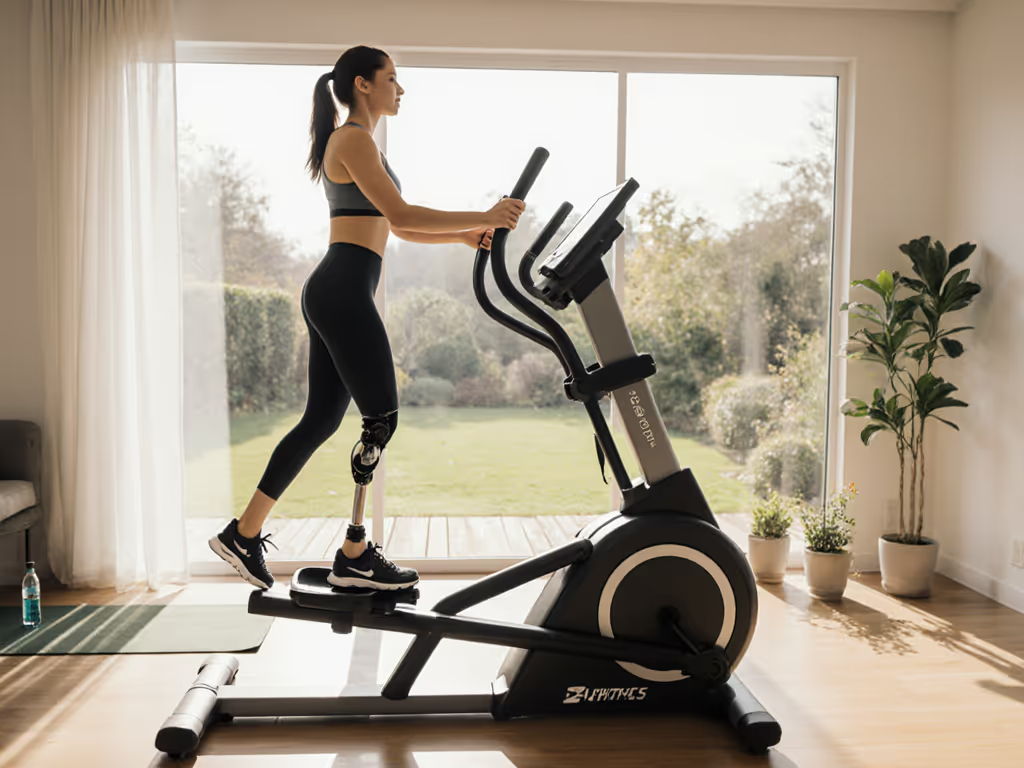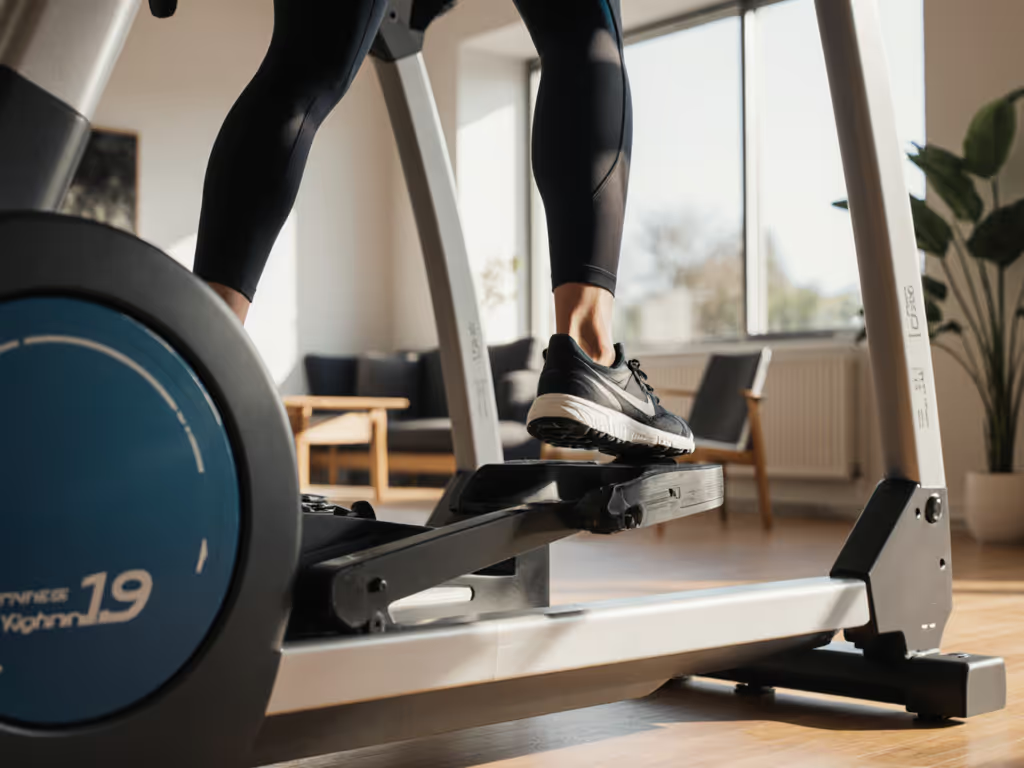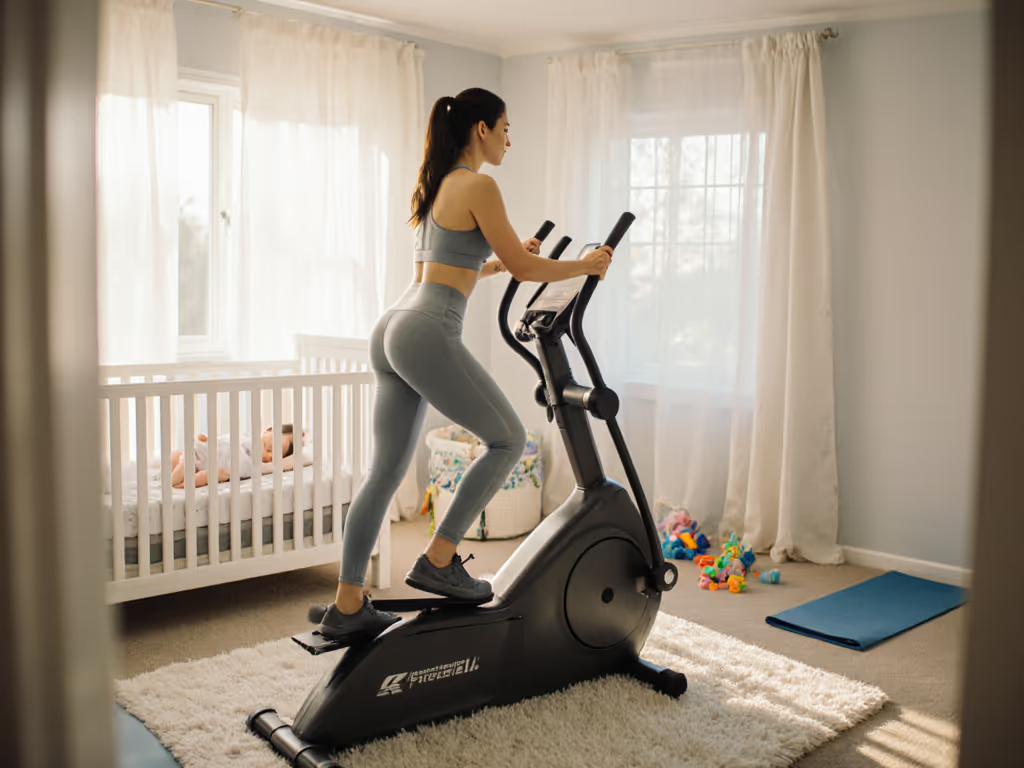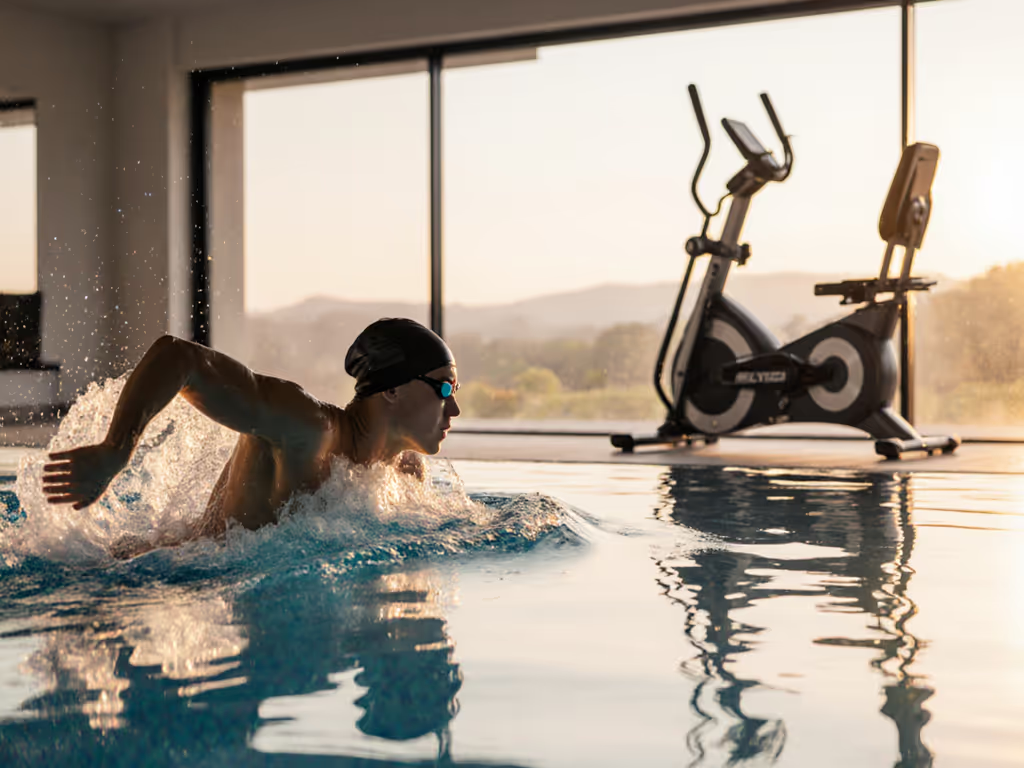
Neurological Rehabilitation Protocols: Evidence-Based Elliptical Training for Parkinson's and MS
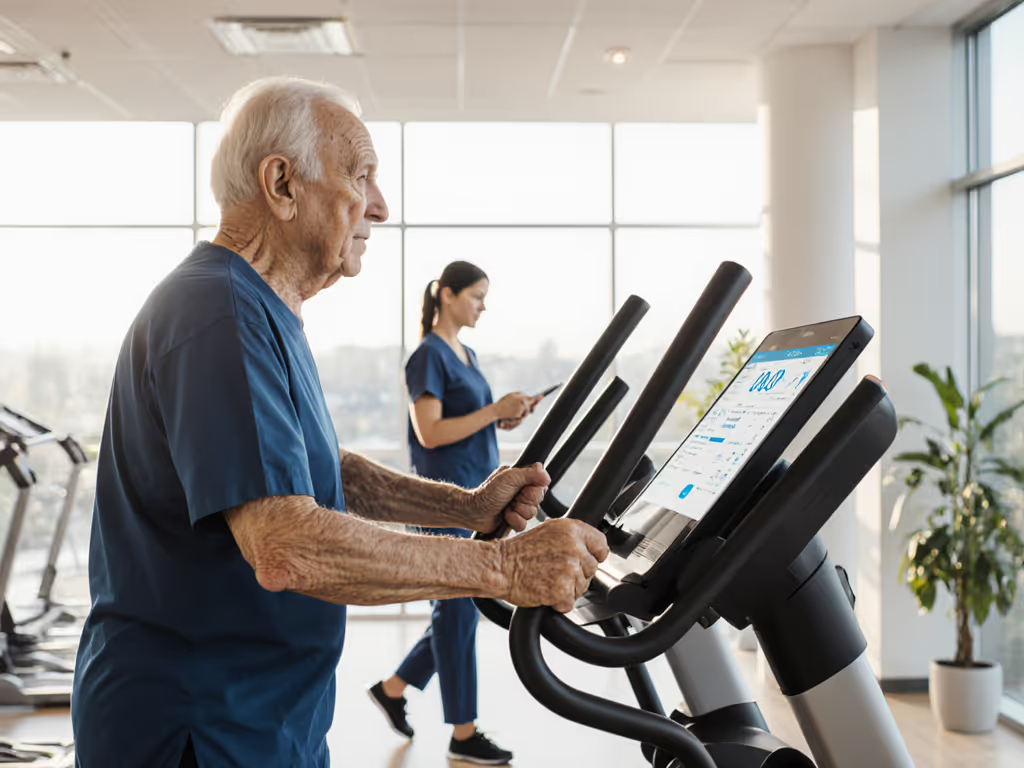
For individuals with neurological conditions like Parkinson's disease and multiple sclerosis, evidence-based elliptical training offers a targeted approach to improve motor function, balance, and cognitive processing. This protocol leverages task-specific aerobic exercise to address gait impairments, dual-task performance, and neurobehavioral symptoms while accommodating space, noise, and stability constraints common in home settings. If space is tight or noise is a concern, see our compact elliptical guide for small homes and apartments.
The Rehabilitation Challenge: Motor-Cognitive Decoupling
Neurological conditions disrupt interconnected motor-cognitive pathways. Parkinson's patients often exhibit festinating gait patterns and postural instability, while MS can cause fatigue-driven mobility limitations. Traditional treadmill training often falls short due to:
- Limited transfer to real-world mobility tasks
- Space constraints in home environments
- Inadequate intensity for neuroplastic adaptation
Elliptical training circumvents these by combining reciprocal limb coordination with cardiovascular demand, creating a high-value neurorehabilitation tool. For a broader framework on safe intensity and progression, review our evidence-based elliptical rehabilitation protocols.
Evidence-Based Protocol Parameters
Effective regimens share three evidence-backed components:
1. Rapid-Resisted Progression Begin at a self-selected cadence (40 RPM minimum). To track cadence, resistance, and heart rate accurately, use our elliptical metrics guide. Once that is achieved:
- Increase resistance in 5% increments
- Target 80-100 RPM for Parkinson's; 60-80 RPM for MS (fatigue-adapted)
2. Dual-Task Integration After 2 weeks, layer cognitive tasks:
- Auditory serial addition during motion
- Visual tracking exercises
- Progressive difficulty: start with rhythm cues, then advance to problem-solving
3. Dosage Framework
| Condition | Sessions/Week | Duration | Weeks |
|---|---|---|---|
| Parkinson's | 5 | 20 min | 8 |
| MS (moderate) | 3 | 15 min | 12 |
Balance gains manifest at 8 weeks. Gait improvements require 12 weeks.
Biomechanical Advantages Over Alternatives
Elliptical training outperforms cycling and treadmills in neurological rehab:
- Enhanced hip/knee flexion (critical for swing-phase gait rehabilitation)
- Forced reciprocal patterning improves interlimb coordination
- Reduced vertical loading minimizes joint stress during fatigue states
Parkinson's patients show 9 dB lower gait entropy when transitioning from elliptical to over-ground walking. If you're deciding between a bike and elliptical for low-impact rehab, our elliptical vs bike comparison explains joint loading and muscle activation trade-offs.


